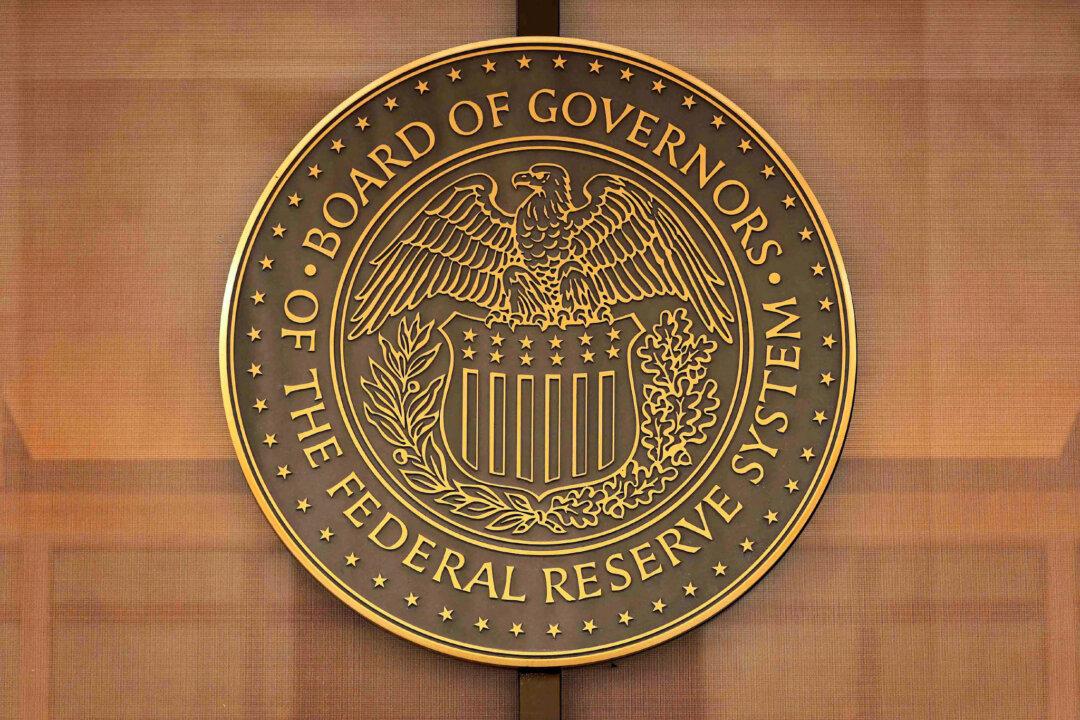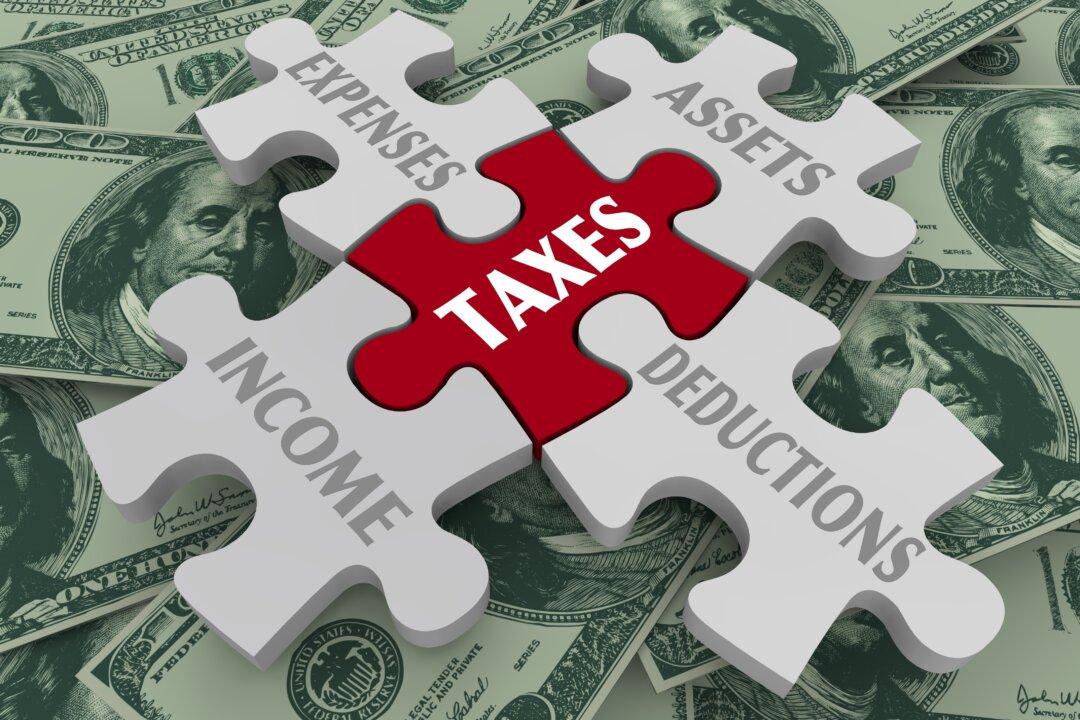At the annual symposium in Jackson Hole, Wyoming, Federal Reserve Chair Jerome Powell indicated an interest-rate cut is likely at the next meeting to be held in early September. The Fed’s expected decision to cut rates could be a sign that officials feel confident that price pressures are finally coming under control.
A slowing job market is also playing a role in nudging the Fed to ease up on borrowing costs. Powell also expressed confidence in the U.S. economy’s achieving a so-called soft landing—a rare outcome in which inflation is conquered without a serious and sharp rise in unemployment. Such an achievement only happened once, in the mid-1990s.





